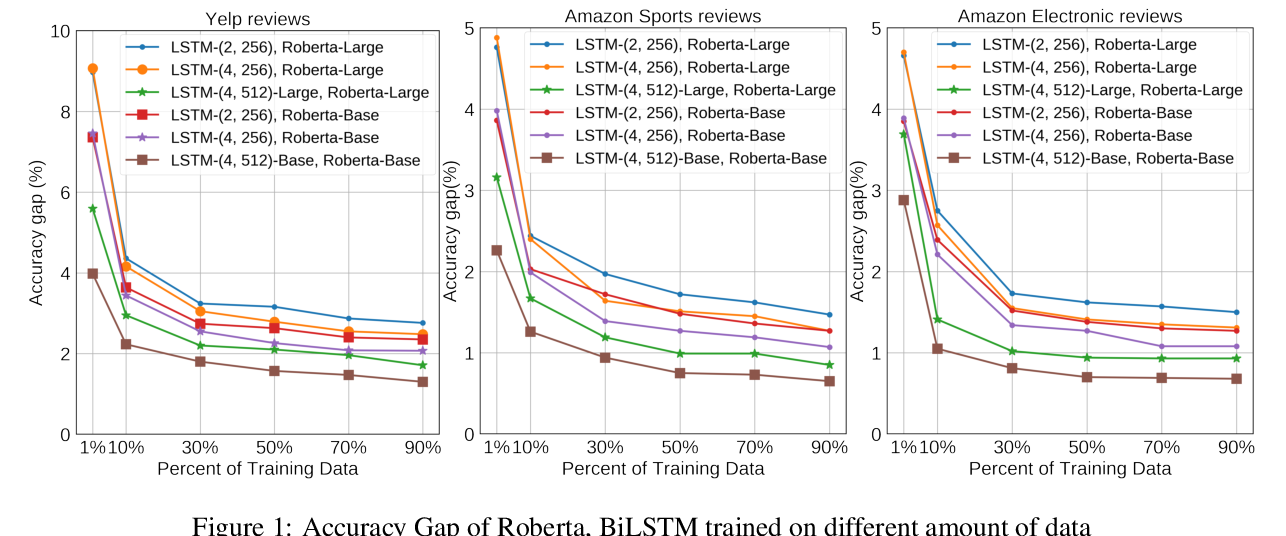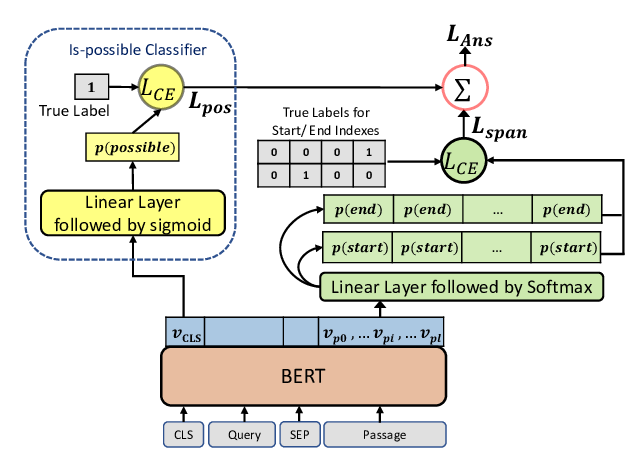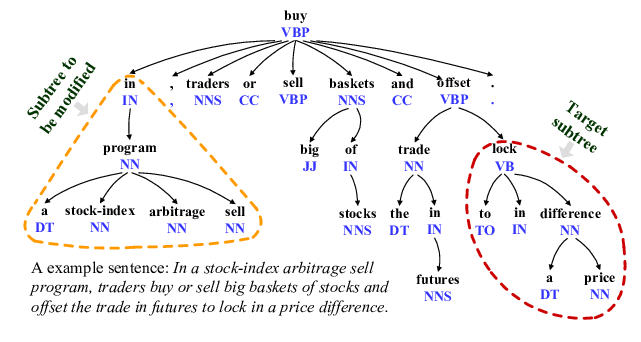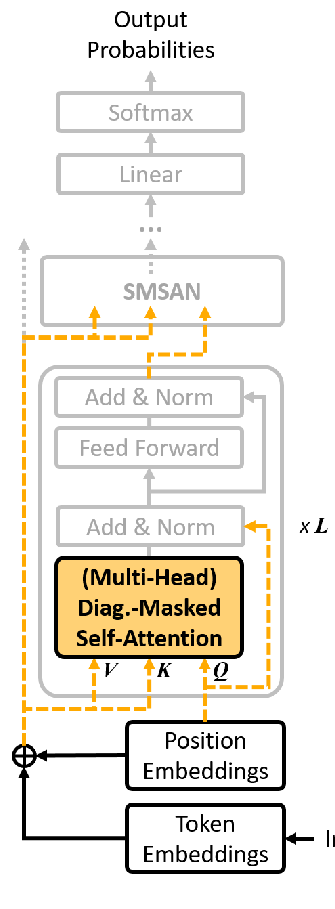Dice Loss for Data-imbalanced NLP Tasks
Xiaoya Li, Xiaofei Sun, Yuxian Meng, Junjun Liang, Fei Wu, Jiwei Li
Theory and Formalism in NLP (Linguistic and Mathematical) Long Paper
Session 1A: Jul 6
(05:00-06:00 GMT)

Session 2B: Jul 6
(09:00-10:00 GMT)

Abstract:
Many NLP tasks such as tagging and machine reading comprehension are faced with the severe data imbalance issue: negative examples significantly outnumber positive examples, and the huge number of easy-negative examples overwhelms the training. The most commonly used cross entropy (CE) criteria is actually an accuracy-oriented objective, and thus creates a discrepancy between training and test: at training time, each training instance contributes equally to the objective function, while at test time F1 score concerns more about positive examples. In this paper, we propose to use dice loss in replacement of the standard cross-entropy objective for data-imbalanced NLP tasks. Dice loss is based on the Sørensen–Dice coefficient or Tversky index , which attaches similar importance to false positives and false negatives, and is more immune to the data-imbalance issue. To further alleviate the dominating influence from easy-negative examples in training, we propose to associate training examples with dynamically adjusted weights to deemphasize easy-negative examples. Theoretical analysis shows that this strategy narrows down the gap between the F1 score in evaluation and the dice loss in training. With the proposed training objective, we observe significant performance boost on a wide range of data imbalanced NLP tasks. Notably, we are able to achieve SOTA results on CTB5, CTB6 and UD1.4 for the part of speech tagging task; SOTA results on CoNLL03, OntoNotes5.0, MSRA and OntoNotes4.0 for the named entity recognition task; along with competitive results on the tasks of machine reading comprehension and paraphrase identification.
You can open the
pre-recorded video
in a separate window.
NOTE: The SlidesLive video may display a random order of the authors.
The correct author list is shown at the top of this webpage.
Similar Papers
To Pretrain or Not to Pretrain: Examining the Benefits of Pretrainng on Resource Rich Tasks
Sinong Wang, Madian Khabsa, Hao Ma,

Span Selection Pre-training for Question Answering
Michael Glass, Alfio Gliozzo, Rishav Chakravarti, Anthony Ferritto, Lin Pan, G P Shrivatsa Bhargav, Dinesh Garg, Avi Sil,

Evaluating and Enhancing the Robustness of Neural Network-based Dependency Parsing Models with Adversarial Examples
Xiaoqing Zheng, Jiehang Zeng, Yi Zhou, Cho-Jui Hsieh, Minhao Cheng, Xuanjing Huang,

Fast and Accurate Deep Bidirectional Language Representations for Unsupervised Learning
Joongbo Shin, Yoonhyung Lee, Seunghyun Yoon, Kyomin Jung,
